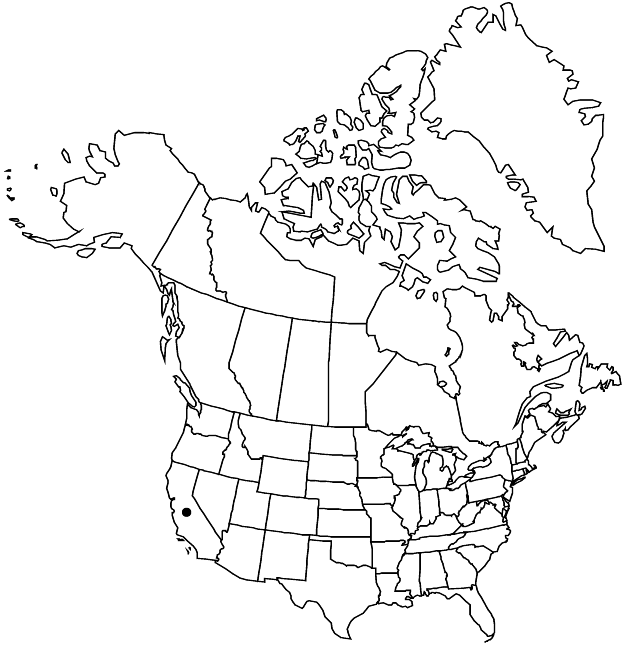familyPolygonaceae
subfamilyPolygonaceae subfam. Eriogonoideae
genusChorizanthe
subgenusChorizanthe subg. Amphietes
speciesChorizanthe pungens
Difference between revisions of "Chorizanthe pungens var. pungens"
Common names: Monterey spineflower
Treatment appears in FNA Volume 5. Treatment on page 453.
FNA>Volume Importer |
FNA>Volume Importer |
||
| Line 45: | Line 45: | ||
|publication year= | |publication year= | ||
|special status= | |special status= | ||
| − | |source xml=https://jpend@bitbucket.org/aafc-mbb/fna-data-curation.git/src/ | + | |source xml=https://jpend@bitbucket.org/aafc-mbb/fna-data-curation.git/src/f6b125a955440c0872999024f038d74684f65921/coarse_grained_fna_xml/V5/V5_941.xml |
|subfamily=Polygonaceae subfam. Eriogonoideae | |subfamily=Polygonaceae subfam. Eriogonoideae | ||
|genus=Chorizanthe | |genus=Chorizanthe | ||
Revision as of 20:10, 24 September 2019
Plants prostrate to slightly ascending, 0.5–1.5 × 0.5–10 dm. Involucres: margins white (rarely pinkish), scarious. 2n = 40.
Phenology: Flowering Apr–Jul.
Habitat: Sandy places, coastal scrub communities, oak woodlands
Elevation: 0-70 m
Discussion
Of conservation concern.
Variety pungens is restricted to coastal regions of west-central California. It is rare and infrequent. A collection made by William Gambel in the 1840s suggests that the variety once occurred at San Simeon in extreme northern San Luis Obispo County; it is not known whether this is a labeling error or an indication of past distribution. Monterey spineflower is federally listed as threatened.
Selected References
None.
Lower Taxa
None.

